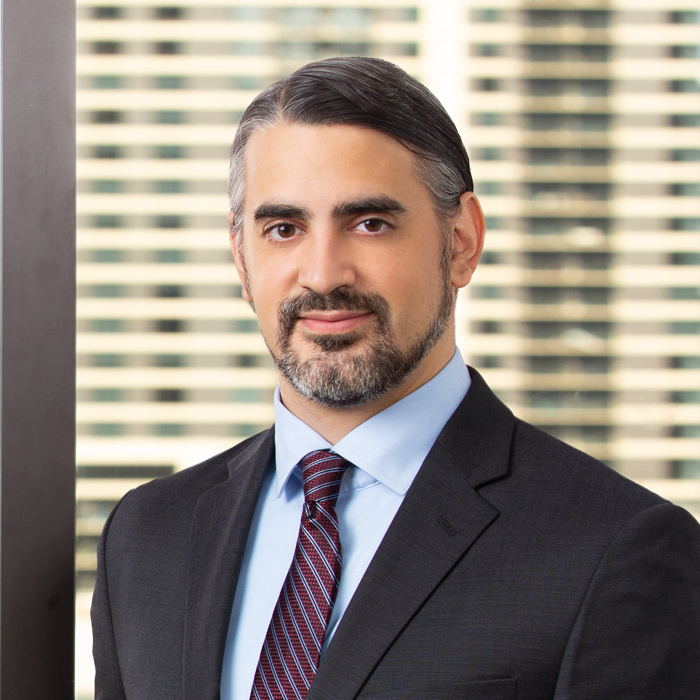On October 19, the Treasury Department released a first round of guidance bringing much needed clarity to certain aspects of the Qualified Opportunity Fund regime enacted by the Tax Cuts and Jobs Act. While important questions remain unanswered, the bottom line is that Treasury intends for QOFs to be an effective incentive program and to make it easy for the program to achieve its aims of facilitating capital flow into low-income regions. In particular, the guidance is focused on making it easy for real estate developers to take advantage of these rules.
Key insights from the new guidance follow:
- Substantial improvement required for buildings, not underlying land: If a QOF purchases land and a building, only the building must be “substantially improved,” that is, the basis in the building must be doubled within 30 months. The land need not be separately “substantially improved” for the land to be treated as qualifying property. (It remains unclear how land that does not include a building is treated.)
- Rollover of “capital gains” will be required: The guidance narrows the category of gains that may be rolled into a QOF to amounts “treated as capital gains.” In addition to long-term capital gain, this appears to include short-term capital gain taxed at ordinary rates, Section 1231 gains, 25% “unrecaptured section 1250 gain,” and certain mark-to-market gains, but appears not to include recapture gain treated as ordinary income.
- Carried interest in a partnership QOF: The guidance specifically allows a fund organizer’s partnership interest to include special allocations and still achieve a potential tax-free exit after 10 years. However, additional guidance is needed regarding whether the IRS will permit the value of carried interest attributable to services to qualify for QOF benefits.
- Existing entities will be permitted to make QOF elections: Notwithstanding the statutory requirement that an entity be “organized . . . for the purpose of” being a QOF, the guidance takes a permissive approach in letting existing entities make a QOF election, which can be effective as of a designated month (to aid in meeting the 90% asset test). However, the election must be made before the capital gains rollover investment.
- Gain rollover into a QOF: Investors must make an actual cash investment of any amount of gain they wish to rollover into a QOF. QOF partnership borrowings do not “count” for this purpose. But any partner desiring to use leverage and to “count” borrowed funds as part of his rollover should borrow personally and then contribute the borrowed cash into the QOF.
- Borrowing by a partnership QOF: The guidance allows a QOF partnership to make great use of borrowed money (assuming no single partner’s guarantee). The guidance makes it clear that a QOF can readily borrow and use the proceeds to fund QOF distributions with no taxable event and without disqualifying any part of the QOF.
- Flexibility for rollover of capital gains realized in a partnership: Gains realized in a partnership can be rolled over at either the partnership level or the partner level. Moreover, in the case of a partner’s distributive share of any gain that is not rolled over by the partnership, the partner is given an optional extension until the last day of the partnership tax year (often December 31) to start his or her own 180-day period in which to make a QOF investment.
- More clarity needed on treatment of cash: A QOF must have 90% of its assets invested in proper QOF assets, and it is not clear how cash held directly by a QOF will be treated for purposes of meeting the 90% asset test. However, the guidance is quite lenient for any cash held by a QOF business pursuant to a reasonable written plan to spend that cash on improvements or additional QOF property within 31 months—even if it turns out that timeline isn’t met.
 Meet Brian
Meet Brian
As the Chair of Jackson Walker’s Tax practice, Brian Dethrow focuses on tax and business planning for complex corporate, partnership, family, and inter-generational transactions. Clients who count on Brian for their transactional and tax planning include sophisticated businesses – Fortune 500 to large family-controlled – and wealthy families. His broad experience with innovative tax and corporate planning, particularly involving the energy industry, spans M&A and partnership work, international tax, private equity funds, bankruptcy and insolvency tax planning, net operating loss preservation, workouts, business succession, asset protection, and gift and estate tax reduction strategies. In his practice, Brian has also worked with ultra-wealthy families on FLPs, charitable remainder and lead trusts, and family foundations. Brian has been recognized by The Best Lawyers in America for his work in tax law and has been listed among D Magazine‘s “Best Lawyers in Dallas” list since 2009.
 Meet Argyrios
Meet Argyrios
Argyrios C. Saccopoulos regularly represents buyers, sellers, and joint venture partners in M&A and real estate transactions, including federal income tax considerations of debt financings, merger agreements, and dealings in stock, partnership interests, and blocker structures. Argyrios has extensive experience counseling fund sponsors and investors on federal income tax aspects of fund formations and investments. Argyrios advises clients on the formation, qualification, and operations of real estate investment trusts, including their use in captive fund structures, and has previously advised some of the largest publicly listed REITs in the United States in REIT compliance matters. Additionally, Argyrios advises clients endeavoring to qualify for the new “qualified opportunity zone” tax incentive structures implemented as part of the Tax Cuts and Jobs Act.
 Meet Brian
Meet Brian Meet Argyrios
Meet Argyrios
